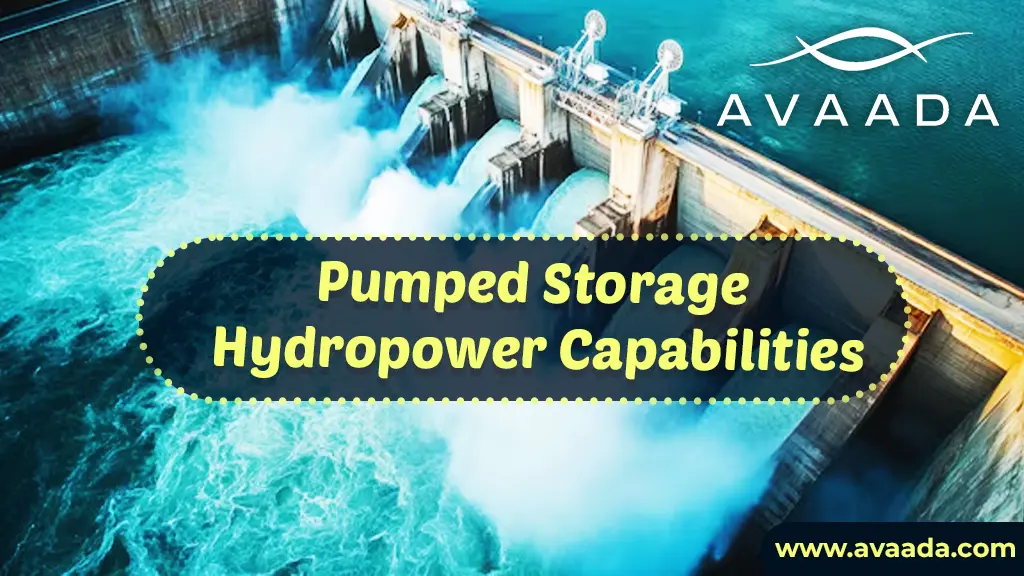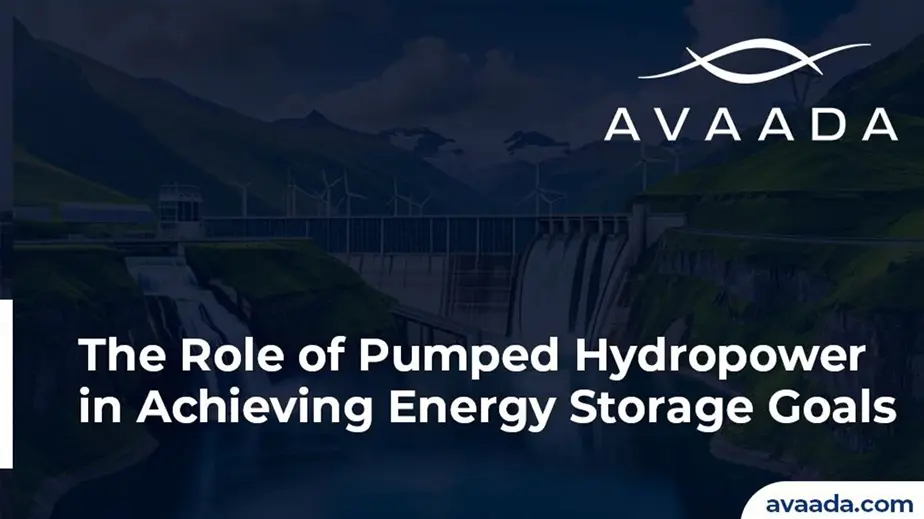Pumped Hydropower Storage is one of the innovative solutions currently gaining importance globally as demand for renewable energy rises. It forms a vital part of the energy storage systems, keeping the grid stable while complementing other sources like solar and wind power.
Moreover, green hydrogen is emerging as the cleanest source of energy and integrating PHS with hydrogen production is emerging as a game-changer. Many Indian green hydrogen companies are looking at the potential of PHS in order to improve energy efficiency and sustainability. This blog delves into the capabilities of Pumped Storage Hydropower and its relevance in the renewable energy sector.
Understanding Pumped Hydropower Storage
Pumped Hydropower Storage is a process of storing energy through the transfer of water between two reservoirs of different elevations. In the case of surplus electricity, water is pumped from the lower reservoir to the upper one. In times of peak demand, the stored water is returned to the lower reservoir, flowing through turbines to produce electricity. This makes PHS a very reliable and efficient way of balancing power supply and demand.
Learn about Benefits of Using Abandoned Mines for Pumped Hydro Storage.
Capabilities of Pumped Storage Hydropower
- Grid Stability and Energy Storage
One of the primary advantages of PHS is that it will be able to store surplus energy and provide for grid stability as well. As renewable sources like solar and wind are intermittent, PHS ensures a consistent power supply by storing excess energy during high production periods and releasing it when demand rises.
- Renewable Power Integration
Proper optimization of their efficiencies is through integrating PHS with renewable energy projects. Because generation in renewable sources varies, the buffer from fluctuations to give constant energy output, makes it suitable. This makes green hydrogen companies in India consider PHS as an important way of storing renewable energy in producing hydrogen while encouraging the utilization of clean energy.
- Efficiency and Longevity
PHS is one of the most efficient energy storage methods, with an energy conversion efficiency to the tune of 80%. Furthermore, these plants have lifespan 50 to 100 years or more that goes far into serving as a long-run and inexpensive solution for other energy storage technologies such as batteries.
- Green hydrogen production
PHS is used as a means to produce green hydrogen through electrolysis, powered by renewable energy. However, hydrogen production through a continuous process remains challenging because the supply of renewable energy is always intermittent. Utilizing PHS, green hydrogen companies can receive a stable power supply, increasing the efficiency of hydrogen production, and it’s economically viable, too. Hence, green hydrogen companies in India are investing for sustainable energy storage solutions through PHS.
- Environmental and Economic Benefits
PHS has the least environmental impacts compared to power plants based on fossil fuels. It uses water as a natural resource, without causing harmful emissions. In addition, PHS reduces dependence on expensive battery storage solutions, hence offering a cost-effective way to store energy. The economic benefits of PHS include job creation and infrastructure development, which also boost the renewable energy sector.
Explore our blog on What are the different types of pump storage?
Future of Pumped Storage Hydropower
With increasing investments in renewable energy, the future of PHS is bright. Governments and private sector players are realizing its potential, which is leading to policy incentives and financial support for new projects. In India, several PHS projects are being developed to enhance grid resilience and support green hydrogen production. The collaboration between top green hydrogen companies and hydropower developers will pave the way for a cleaner and more sustainable energy landscape.
Conclusion
Pumped Hydropower Storage is a very important part of the renewable energy ecosystem, as it offers reliable energy storage and grid stability. Its role in supporting green hydrogen production makes it an invaluable asset in the transition to clean energy. With many green hydrogen companies in India exploring its potential, PHS is set to play a pivotal role in shaping the future of sustainable energy. Such investments into PHS would enhance the nation’s energy security, thereby forming a part of a more effective, sustainable and greener grid.








